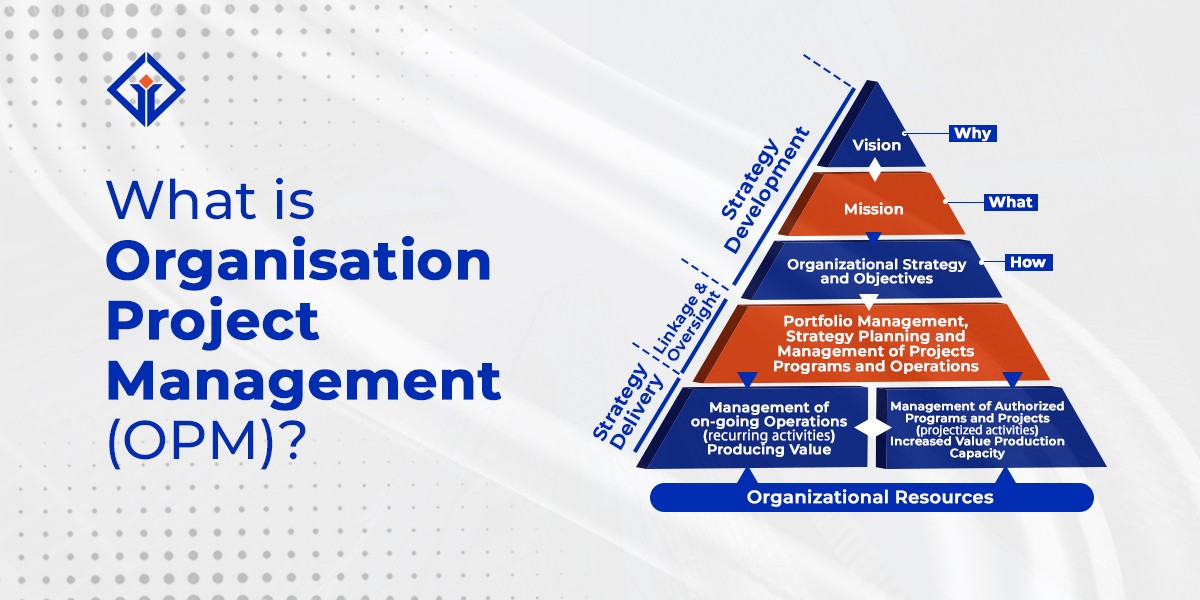The Power of OPM Strategy: Turning External Capital into Revenue
- 1 Understanding the Dynamics of OPM Investment
- 2 Leveraging External Capital for Amplified Outreach
- 3 Financial Growth Strategies in OPM
- 4 Capital Acquisition Tactics in OPM Partnerships
- 4.1 Negotiating Favorable Terms
- 4.2 Performance-based Milestones
- 4.3 Exit Strategies and Renewal Clauses
- 5 The Future of OPM Strategy
- 6 In Conclusion
In the expansive world of higher education, institutions continually strive for financial growth, seeking innovative ways to maximize resources and optimize revenue streams.
The answer for many has been an adeptly crafted OPM strategy – by embracing online program management, colleges, and universities have found a powerful avenue to turn external capital investments into substantial revenue.
How? Let’s delve into this transformative approach.
Understanding the Dynamics of OPM Investment
A Win-Win Proposition
At its core, OPM investment involves a partnership between an educational institution and an external service provider.
While the institution offers its academic prowess, the provider brings in capital, technology, and marketing resources.
This collaborative approach spurs the creation of online courses and degrees, all without the institution shouldering the initial development costs.
The Revenue Split Model
Typically, OPM partnerships operate on a revenue-sharing model; the external partner, after investing upfront, gets a portion of the tuition fees generated by the online programs.
This arrangement ensures that both parties have a vested interest in the program’s success.
Leveraging External Capital for Amplified Outreach
Expanded Digital Infrastructure
With the backing of external capital, institutions can rapidly scale their digital infrastructure – advanced learning management systems, cloud storage solutions, and state-of-the-art digital tools become accessible, paving the way for a superior online learning experience.
Wider Marketing and Global Reach
Armed with external marketing resources and expertise, universities can reach beyond their traditional demographics.
This means attracting students from diverse geographical locations and backgrounds, exponentially increasing enrollment possibilities.
Financial Growth Strategies in OPM
Diversifying Revenue Streams
One of the major strengths of a robust OPM strategy is the diversification of revenue streams; institutions are no longer solely reliant on traditional tuition fees or physical enrollments – the online programs act as an additional, often significant, source of income.
Predictable Revenue Flow
Given the scalable nature of online programs, institutions can forecast revenue with greater accuracy.
As the courses are not confined by physical classroom space, they can accommodate a larger number of students, ensuring a steady flow of tuition fees.
Risk Mitigation
By shifting the initial financial burden to the OPM provider, institutions mitigate potential risks associated with launching online programs.
If a program does not perform as anticipated, the institution is shielded from the brunt of the financial fallout.
Capital Acquisition Tactics in OPM Partnerships
Negotiating Favorable Terms
A well-negotiated partnership ensures that both the institution and the OPM provider have clear roles, responsibilities, and benefits.
By defining the revenue split, service deliverables, and contract duration at the outset, institutions can ensure a fair deal that prioritizes their growth.
Performance-based Milestones
Incorporating performance-based milestones within the partnership agreement can motivate the OPM provider to consistently deliver high-quality services.
For instance, certain revenue splits or bonuses can be linked to specific enrollment numbers or student satisfaction scores.
Exit Strategies and Renewal Clauses
While entering an OPM partnership, institutions must also consider the future – having clear exit strategies and renewal clauses ensures that the institution retains control over its programs and can make strategic decisions based on evolving circumstances.
The Future of OPM Strategy
As technology continues to evolve and the demand for online education rises, the role of OPM strategy in shaping the financial trajectories of educational institutions will only grow.
Innovations in Course Delivery
From augmented reality sessions to AI-driven personalized learning pathways, the infusion of capital from OPM partnerships will drive innovations in course delivery, setting institutions apart in a competitive market.
Data-Driven Decision-Making
The combination of technological resources and external expertise will facilitate data-driven decision-making.
Institutions will gain insights into student behaviors, preferences, and pain points, allowing for continual course optimization.
Collaborative Growth
The OPM landscape is ripe for collaborative growth; beyond the traditional institution-provider model, we might see tri-party agreements involving tech giants or specialized content creators, further amplifying the potential for revenue generation.
In Conclusion
Harnessing the power of OPM strategy is not merely about launching online programs – it’s about envisioning a future where external capital becomes a catalyst for sustained institutional growth.
By understanding the nuances of OPM investment, leveraging external resources effectively, and employing astute financial growth strategies and capital acquisition tactics, institutions can turn external capital into a steady, significant revenue stream.
The future of higher education is online, and with the right strategies in place, it’s also financially promising.

















